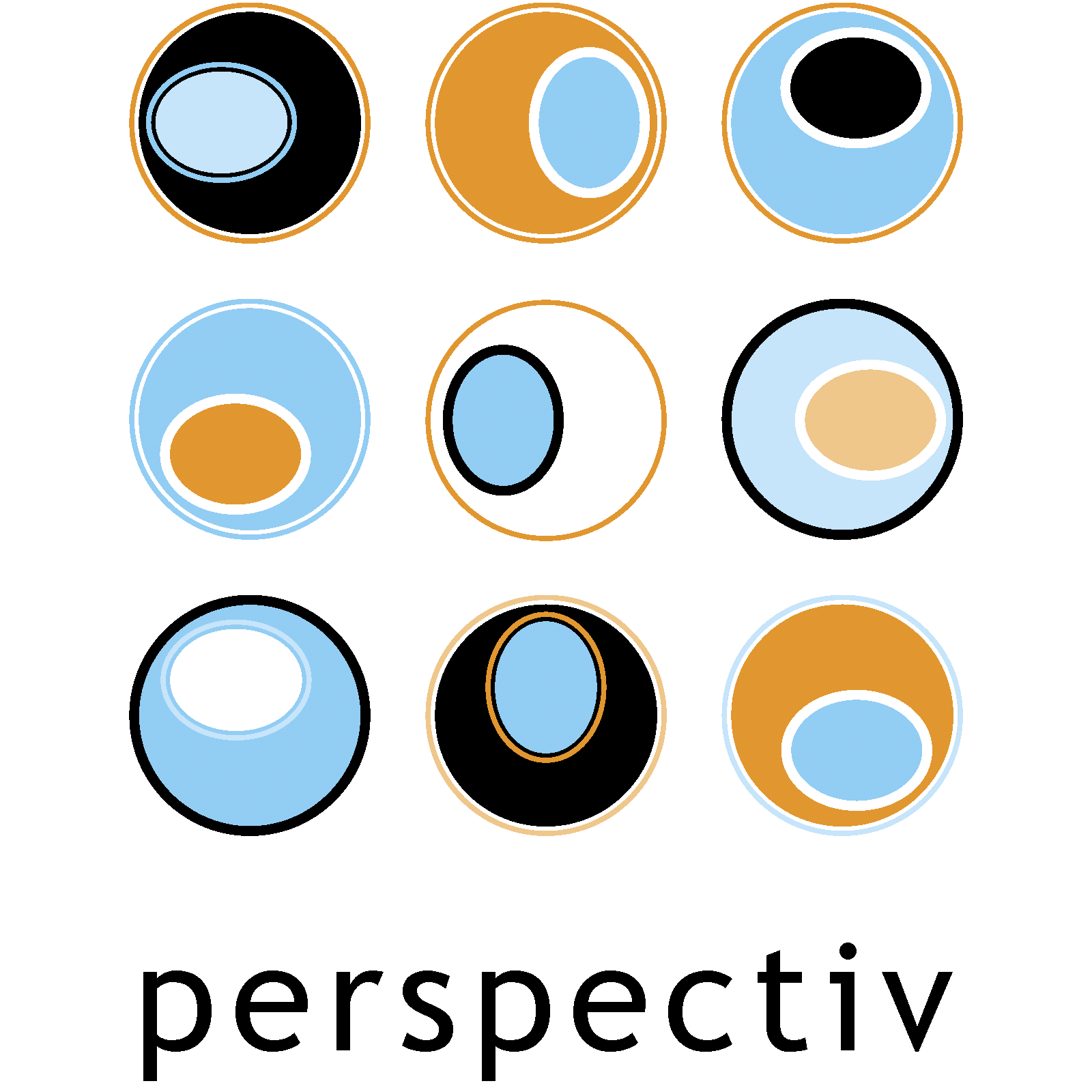RHM
We helped RHM’s New Product Development Director win the confidence of 15,000 employees and build capabilities for innovation and change across all divisions of RHM (formerly Ranks Hovis McDougall and since acquired by Premier Foods).
The challenge
RHM’s former New Product Development Director, Jeffrey Hyman, came to us for help. He had been asked to roll out a programme for innovation and change throughout food manufacturing company RHM. He was chosen by the Chairman because of his reputation for innovation but had no idea where to begin teaching and instigating such a programme.
How we made a difference
Jeffrey flinched when we told him ‘innovation is about creative approaches to problem solving.’ He believed problems were something to be avoided. We had to begin by building credibility because no one will believe the message without first believing the messenger.
Build credibility
We built on Jeffrey’s initial belief in us until he started to also believe in what we were saying. We then worked on his own credibility in order for him to embed and sustain changes at RHM. Credibility in a leader is essential for keeping constituents fully committed.
Be clear – identify the problems
The types of problems we had to solve fall into two broad categories defined by Rittel (1973) as ‘Tame’ (quickly solvable) and ‘Wicked’ (those that take longer due to interwoven, interdependent aspects). Most situations involve a mixture of both and require a flexible and systemic framework.
The 4Ps
We introduced Jeffrey to ‘the 4Ps’ framework for creativity, innovation, problem solving and change. They comprise ‘hard’ aspects (Product and Process) and ‘soft’ aspects (People and Place / Press).
Product: The needs, products and outcomes required for change
Process: The methods and tools required to implement changes
People: The behaviours of people ready, willing and able to change
Place / Press: The physical and psychological work environments which ‘press’ on us
As noted by Isaksen et al. (2006, 2011), any change that does not balance all four areas is likely to achieve limited, unsustainable results.
Embrace ‘loose tight’
The 4Ps framework epitomises the ‘loose tight’ approach by providing enough clarity to frame and direct critical aspects of what needs to be done while leaving room for freedom of choice. It enables us to access all the insights about change from across multiple disciplines and reminds us not to be so precious about our own view of the world.
The results
Jeffrey adapted the 4Ps into the ‘4 Pillars of Innovation’. He was so successful that he was promoted from the Head of Innovation for one division to the Director of Innovation for the whole Group. He later commented that he could not have embedded the necessary changes at RHM without the 4Ps model for understanding, developing and applying innovation.
‘Without doubt the 4Ps system Perspectiv uses for understanding, developing and applying innovation is the best in the market.’
– Jeffrey Hyman, former Director of Innovation, RHM

